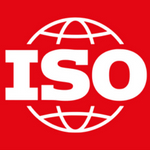OASIS Open Data Protocol (OData) TC
The OASIS OData TC works to simplify the querying and sharing of data across disparate applications and multiple stakeholders for re-use in the enterprise, Cloud, and mobile devices. A REST-based protocol, OData builds on HTTP and JSON using URIs to address and access data feed resources. It enables information to be accessed from a variety of sources including (but not limited to) relational databases, file systems, content management systems, and traditional Web sites. OData provides a way to break down data silos and increase the shared value of data by creating an ecosystem in which data consumers can interoperate with data producers in a way that is far more powerful than currently possible, enabling more applications to make sense of a broader set of data. Every producer and consumer of data that participates in this ecosystem increases its overall value.











